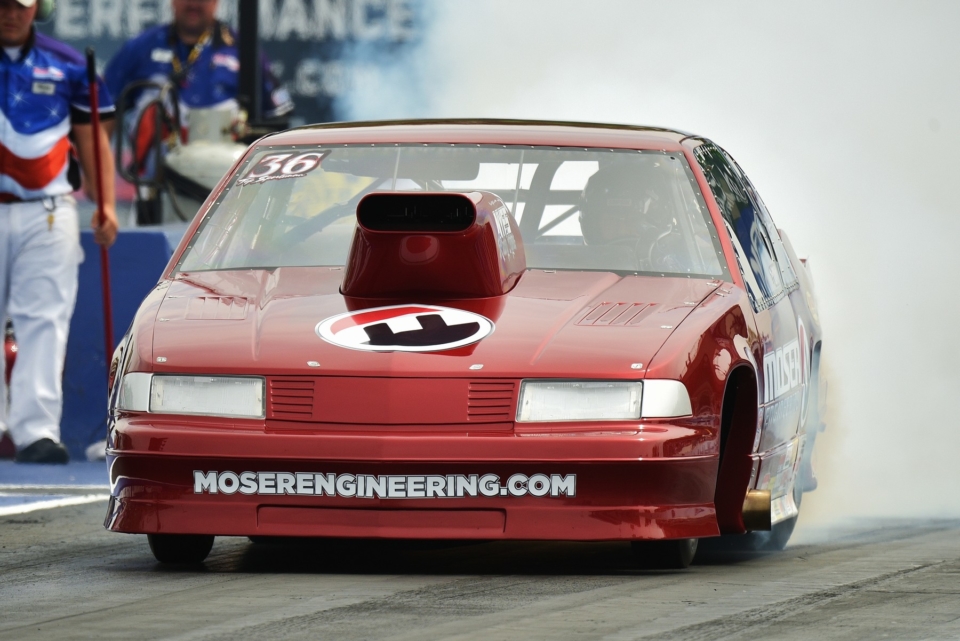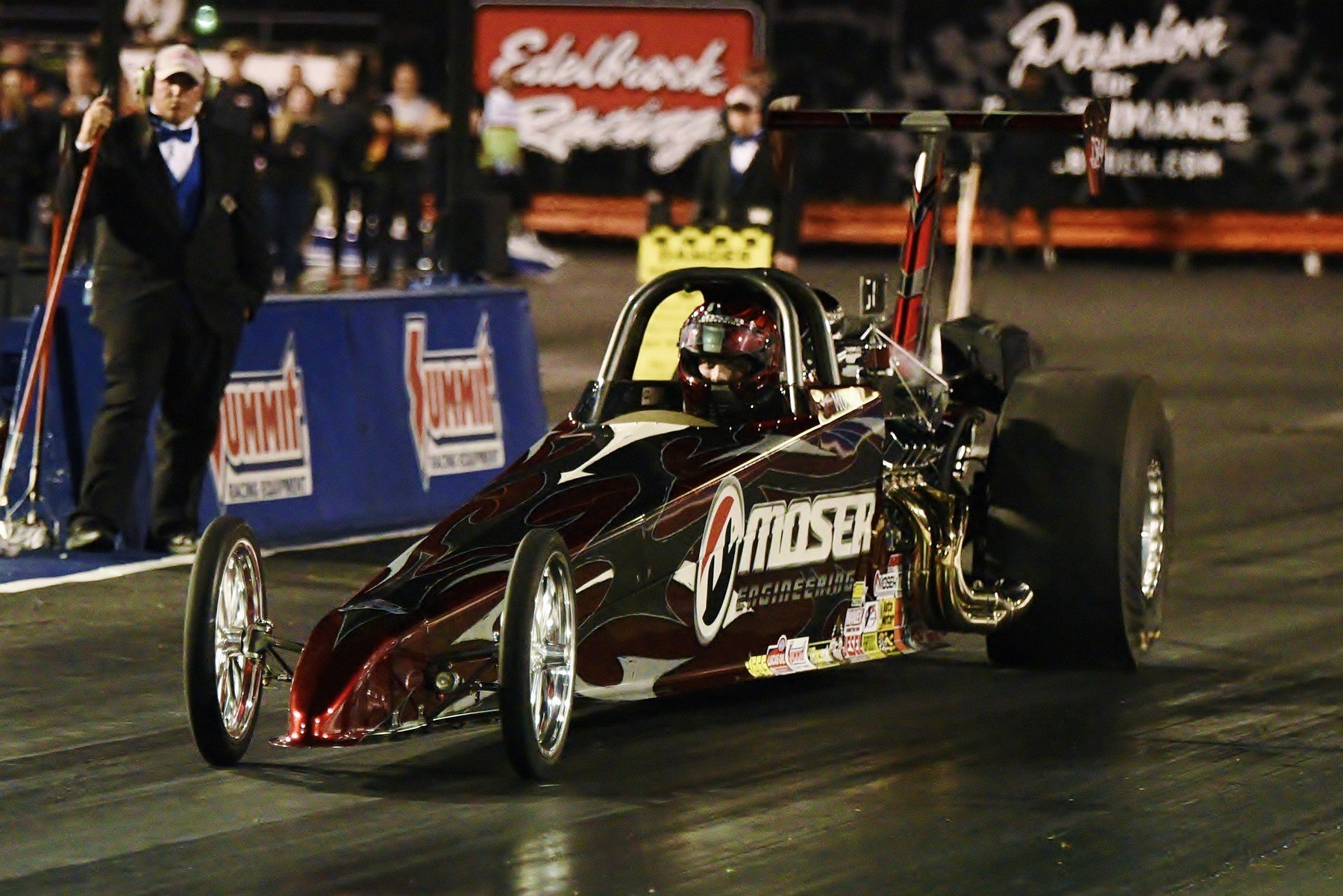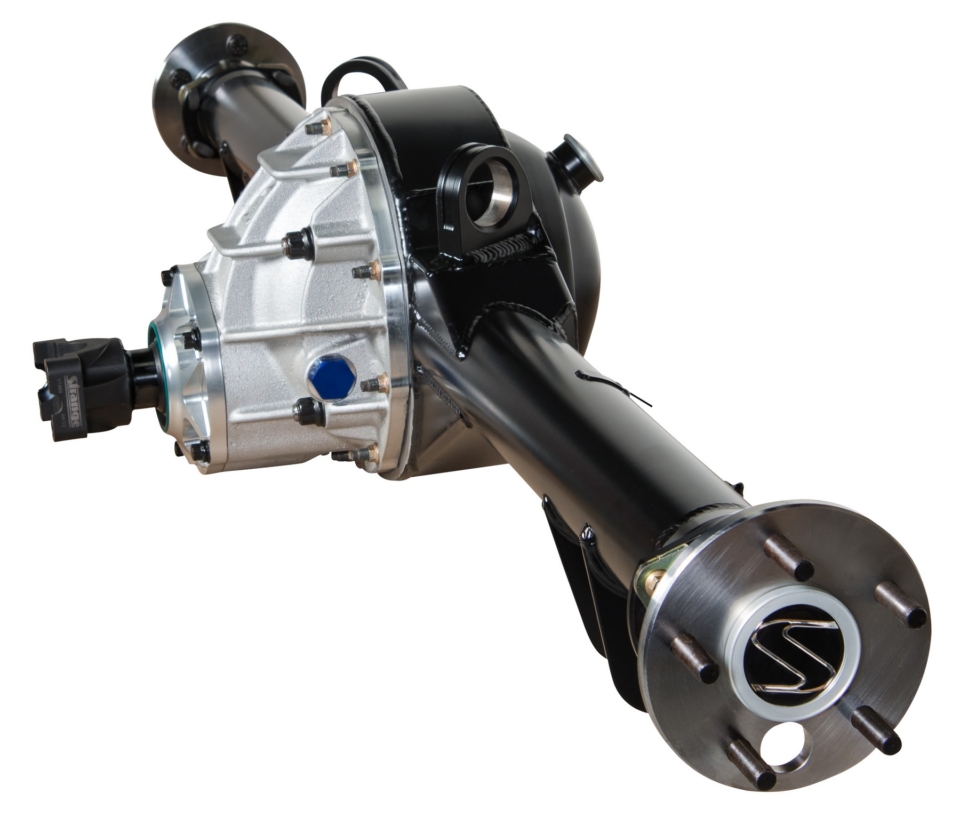Getting the most out of the horsepower your engine generates goes beyond just the suspension and tires you have selected to put the power down — you also need to have the optimal gear ratio that can utilize all the ponies on tap. Having the right gear set in your rearend can ensure your car is going to be a blast to drive, not overwork your engine, and have the longevity you want.
When you’re building a rowdy street car or all-out racecar, choosing your gear ratio in the rearend might not be at the top of your punch-out list on the project. It’s very important to evaluate everything going on in front of the gears including the application of the vehicle and the power being made. Taking all of that into consideration will prevent you from selecting a ratio that will make your engine work hard versus operating in that sweet spot that allows your vehicle to maximize all the power possible.
According to Cynthia Norris from US Gear, the application of how the gearset will be used is very important to know during the selection process.
“If you are building a street car, you would need to choose an 8620 steel gear which will hold up under the consistent conditions of street use. However, a high-torque, high-impact drag racing application would require the use of a Pro gear which is made from 9310 steel. This material has properties that allow and even encourage high impact, high torque events to occur over and over again. The ratio would then be determined based on the need for torque, or the need for fuel economy.”
Now, when it comes time to begin looking at gear ratios the entire package of the car has to be examined: the type of transmission, engine power level, and if there is a power adder being used, all will weigh on the gear ratio choice.
“Changing the gear ratio in the rear end affects how the engines’ rpm — which is first affected by the transmission and also possibly a transfer case — gets transmitted to the wheels. Typically a tall gear (2.79 – 3.70), would be used in a street car depending on the powerplant the car has installed, whereas a short gear (4.29 and up) would be the ratio of choice for big-power racing applications of 1,000 horsepower and higher. Typically, on cars with power adders, the gear selection moves to a numerically higher ratio,” Norris says.
If you want to learn more about how to gear your car make sure to check out the US Gear website right here.





















